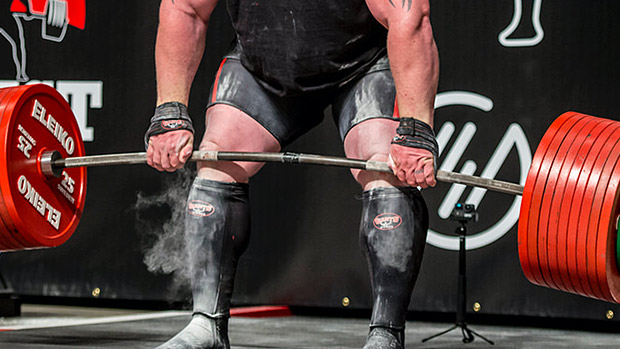Don't Do High Volume or High Rep Sets
The deadlift is a "takes more than it gives" movement. It's recovery intrusive, possibly more than any other compound movement. No lift causes a greater degree of "workout hangover" than heavy and hard deadlifting.
Why? Most coaches say it's because of the direct attachment of the hands to the bar, and the effect that has on the spine and autonomic nervous system. They also believe this causes a high degree of stimulation to the sympathetic nervous system, depressing the parasympathetic nervous system, causing a massive inroad to systemic recovery.
All of this is theory, but it feels true. Especially after a heavy day of deadlifting. But theory aside, science shows us that volume isn't actually the driver for strength gains. The neurological adaption to moving loads with greater speed, or moving greater intensities in a lift, are the primary drivers for strength improvement.
There's literally zero reasons to be doing highly-volumized deadlift routines. Same for trying to do high-rep (12-plus) working sets of deadlifts. Both will drive recovery into the ground.
Do Sets of 3 to 5 Reps
If you're looking to build maximal strength in the deadlift then sets of three to five should be your bread and butter.





